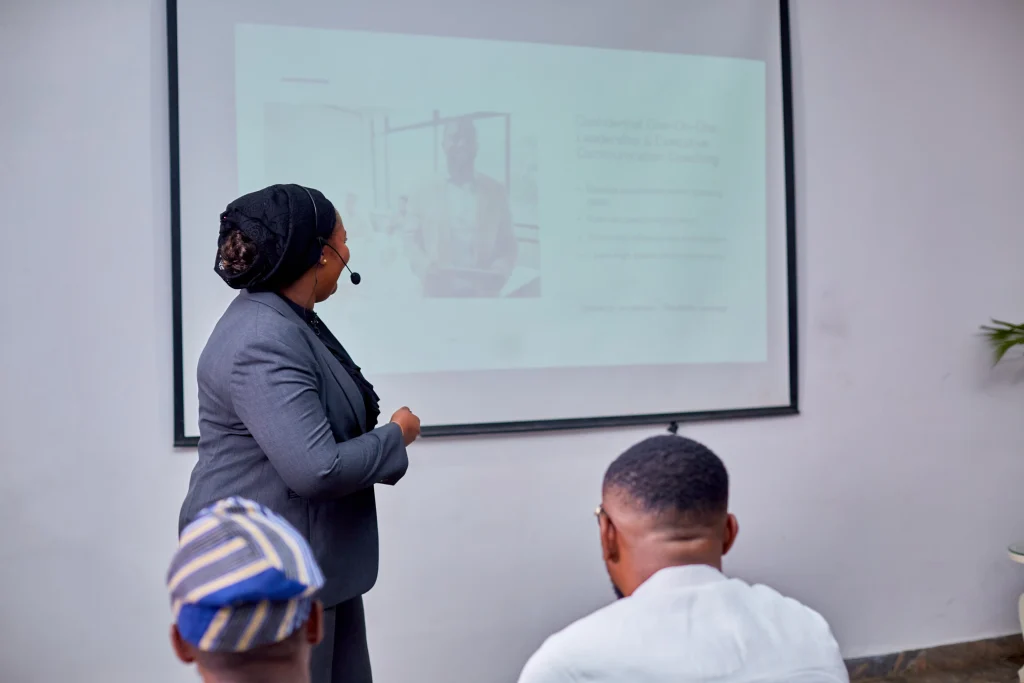In the world of training, facilitation, communications and leadership – especially in the kind of work Priori Orators does with teams, executives and organisations – knowing how to move a conversation away from an unhelpful topic is just as important as knowing what to say. Whether you’re moderating a workshop, guiding a team discussion, or engaging in one-to-one coaching, the skill of redirecting a conversation without causing friction is a key part of effective communication.
Here are ten refined techniques, building on proven advice and reframed for organisational settings, that help you steer conversations with tact, clarity and connection.
1. Acknowledge, then pivot
Start with a simple acknowledgement: “I hear you.” “Thanks for raising that.” This is about validating the speaker’s contribution and respecting their turn, which keeps the relationship intact, and then gently moving the focus. A communication scholar notes that you do not need to agree, only to acknowledge. From there you can direct attention. In practice, once someone veers into a territory that is not beneficial for the session (for example, a personal gripe in a professional setting), you might say: “I hear your point. Now, I’d like us to turn to something else.”
This method prevents alienation and preserves the relationship, while shifting the dialogue to something more purposeful.
2. Use nostalgia or shared history to reset the tone
In group settings, when a conversation becomes tense or off-topic, steering it toward a safe, communal memory is particularly effective. For example: “Before we continue, let’s reflect. Who remembers the first time we ran the X team-building exercise together?” This invites people into collective reflection, reinforces identity and resets emotional tone. Leveraging shared positive experiences creates a bridge from discomfort to engagement.
3. Introduce gentle humour or light distraction
A well-placed, light-hearted diversion can defuse tension and reset the mood. For instance: “Okay, let’s pause. While we stretch our legs, does anyone want to share the story of their most surprising communication faux pas?” The humour is not about making fun of someone; it is about releasing the buildup of awkwardness, then opening a better path forward.
4. Use a simple question rooted in curiosity
When someone drifts into a topic that is unhelpful or too negative, pivot by asking a genuine question that goes somewhere interesting: “You mentioned the conference in Lagos. I’d love to hear what feedback you received that surprised you.” The key is authenticity. The question must come from real curiosity. If it is just a redirection ploy without substance, it will feel hollow. Genuine curiosity invites participation and shifts the energy.
5. Use the phrase “I’ll think about that.”
In training or coaching contexts, there may come a moment when a participant raises something off-track, such as an unrelated organisational gripe. Rather than engaging fully, you can say: “Thank you for bringing that up. I’ll think about how that fits into our next session.” This allows the comment to be heard without derailing the current flow. It signals respect and moves the conversation gently onward.
6. Set a clear boundary when necessary
Sometimes discussions cross into areas that are unconstructive, such as blame or office politics, and you as facilitator must intervene. You might say: “I appreciate your passion for the topic. Today, we are going to focus on solution-oriented dialogue. Let us shift to another point.” You are not attacking the person or their idea; you are affirming the relationship and redirecting the energy. In a professional training environment, this boundary helps maintain focus and psychological safety.
7. Offer a compliment to soften the transition
Complimenting the person or acknowledging their contribution can ease the shift. For example: “You clearly put a lot of thought into this idea, and that kind of insight is valuable. Speaking of insights, can you tell us about the challenge you overcame last quarter?” This approach recognises the speaker’s value, then moves into something else that taps their expertise in a more appropriate direction.
8. Highlight the bigger connection
When tensions arise, perhaps because someone feels unheard or a remark triggers defensiveness, it helps to remind the group of their shared purpose: “We each bring different views, and that is a strength. For today, what matters most is that we are working together toward the same goal.” This reframing helps participants rise above the specific moment and focus on the collective mission.
9. Use a physical or environmental shift
Changing the setting or format can change the conversation. For example, during a long workshop when a discussion becomes static or heated, you might say: “Let us stand up, partner with someone you have not spoken with today, and share one story of where communication made the difference for you.” This movement disrupts the pattern and helps reset energy and direction.
10. Use a playful non sequitur or topic bridge
A lighter but effective strategy is a playful transition: “Okay, before we move on from this topic, I have to ask. What surprised you most about your last client interaction?” Then continue. The transition may appear abrupt, but because it is delivered in an open, curious tone, it helps participants shift focus without feeling shut down.
Implementing in Your Facilitation Practice
For trainers, coaches and communication leaders like those at Priori Orators, these techniques are not just social tricks. They are tools for maintaining psychological safety, managing group energy and guiding conversations toward meaningful outcomes.
Here are some applied tips:
- Prepare transition prompts ahead of time. Think of two or three pivot questions that align with your session goals.
- Watch for signs. When someone monopolises the discussion, when a topic drifts, or when discomfort arises, that is your cue.
- Tailor your tone. In a corporate boardroom, you might use a more formal version of “I’ll think about that.” In a retreat setting, a lighter tone may fit.
- Anchor to purpose. Always aim for the redirection to serve your session goals—collaboration, innovation, clarity—not simply to avoid something.
- Model the behaviour. When you redirect smoothly, you demonstrate communication mastery. Participants learn more from what you model than from what you instruct.
At Priori Orators, our mantra is that strategic communication is not just about what you say. It is about how you steer the message and the conversation. By mastering graceful pivots, you help your teams stay aligned, engaged and moved toward constructive outcomes.
The next time a conversation threatens to go off track or drift into unhelpful territory, use one of these techniques and observe how the energy shifts, often subtly but meaningfully.







